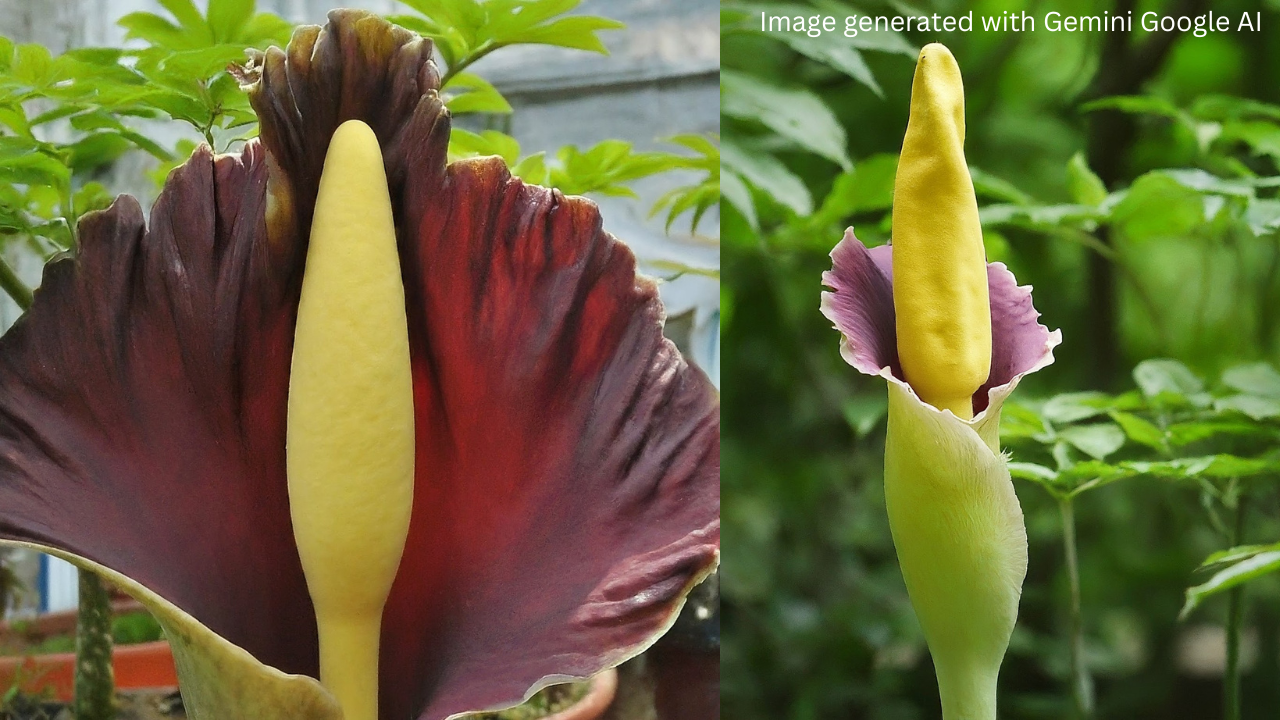Get your Amorphophallus thriving! Simple steps to plant Voodoo Lily, Corpse Flower, and more. Expert tips for success.
Introduction to Voodoo Lily (Amorphophallus)
Voodoo Lily, scientifically known as Amorphophallus, is a fascinating genus of flowering plants renowned for its unique appearance and pungent odor. Despite its ominous name, planting and caring for Voodoo Lily can be quite rewarding, adding a touch of exotic beauty to any garden.
Understanding Voodoo Lily Varieties
Voodoo Lily encompasses various species and cultivars, each possessing distinct characteristics. Among the popular varieties are the Amorphophallus konjac, A. titanum, and A. bulbifer.
Choosing the Right Location for Planting
To ensure optimal growth, it's crucial to select a suitable location for planting Voodoo Lily. These plants thrive in well-drained soil with partial shade, although some species may tolerate full sun.
Preparing the Soil
Preparing the soil is paramount for successful Voodoo Lily cultivation. The soil should be rich in organic matter and well-drained to prevent waterlogging, which can cause bulb rot.
Planting Voodoo Lily Bulbs
When planting Voodoo Lily bulbs, follow depth and spacing guidelines to promote healthy growth. Handle the bulbs carefully, avoiding damage to the delicate roots.
Watering and Care Instructions
Maintaining adequate moisture levels is essential for Voodoo Lily. Water regularly, ensuring the soil remains evenly moist but not waterlogged. Additionally, fertilize sparingly to avoid overfeeding.
Managing Pests and Diseases
Keep an eye out for common pests and diseases that may affect Voodoo Lily, such as aphids and fungal infections. Promptly address any issues to prevent them from spreading.
Supporting Growth with Staking
As Voodoo Lily stems can grow tall and heavy, providing adequate support is crucial to prevent them from bending or breaking. Staking techniques vary depending on the species and growth habit.
Monitoring Growth and Development
Regularly monitor the growth and development of your Voodoo Lily plants, looking for signs of healthy growth and making adjustments as needed to optimize their environment.
Pruning and Maintenance
Prune dead or damaged foliage as necessary to promote airflow and prevent disease. Consider dividing overcrowded clumps to rejuvenate the plants and encourage vigorous growth.
Harvesting and Storage
Harvest Voodoo Lily flowers when they reach full bloom, enjoying their exotic beauty indoors. Store bulbs in a cool, dry place over winter, ready to replant in the spring.
Voodoo Lily in Landscaping
Incorporate Voodoo Lily into your landscaping design to add an exotic flair to flower beds or containers. Experiment with different placement options to create visually striking displays.
Benefits of Growing Voodoo Lily
Aside from their aesthetic appeal, Voodoo Lily plants offer several environmental benefits, such as attracting pollinators and improving soil health through organic matter decomposition.

Common Misconceptions and FAQs
Q: Are Voodoo Lilies difficult to grow?
A: While they require specific growing conditions, Voodoo Lilies are relatively easy to cultivate with proper care.
Q: Do Voodoo Lilies really smell bad?
A: Yes, some species emit a foul odor resembling rotting meat to attract pollinators, but not all varieties have a strong smell.
Q: Can I grow Voodoo Lilies indoors?
A: Yes, certain species of Voodoo Lily can thrive indoors with adequate light and humidity.
Q: Do Voodoo Lilies spread aggressively?
A: While some varieties can multiply rapidly, proper maintenance and division can control their spread.
Q: Are Voodoo Lilies toxic to pets?
A: Yes, Voodoo Lilies contain calcium oxalate crystals that can be toxic if ingested by pets. Keep them out of reach of animals.
Conclusion
In conclusion, planting Voodoo Lily can be a rewarding experience for gardeners seeking unique and exotic additions to their outdoor spaces. By following the guidelines outlined in this easy guide, you can enjoy the beauty and intrigue of these fascinating plants while fostering a thriving garden environment.


1 comment
Connie Laitinen
Is there a Facebook group I could join?
I was given one and would like to meet others and learn more about them and have a group to converse with